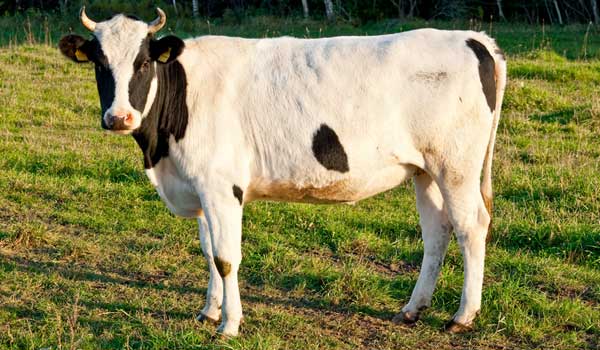
As Superbugs Rise, New Studies Point To Factory Farms (Op-Ed)

Peter Lehner is executive director of the Natural Resources Defense Council (NRDC). This piece is adapted from post which will appear on the NRDC blog Switchboard. Lehner contributed this article to LiveScience's Expert Voices: Op-Ed & Insights.
When Russ Kremer, a fifth-generation hog farmer from Missouri, was gored in the knee by one of his Yorkshire boars, he figured it was a routine injury. But the cut got infected. His knee swelled up to twice its normal size, and his life hung in the balance as multiple courses of antibiotics over two months proved ineffective. Finally, treatment with a potent form of the antibiotic cephalosporin managed to beat back the multidrug-resistant superbug.
Research shows that people who work with livestock, like Kremer, are more likely to carry antibiotic resistant bacteria on or in their bodies, posing a risk of a serious infection. But they're not the only ones at risk. Two million Americans are sickened by antibiotic-resistant bacteria every year, and 23,000 die from these infections, according to a landmark U.S. Centers for Disease Control and Prevention (CDC) report published last week.
Another recent study from Johns Hopkins University, published on the heels of the CDC report, showed that anyone who lives near industrial livestock operations, or fields fertilized with pig manure, is also at greater risk of getting infected by a superbug.
For decades, scientists have been teasing out the link between the abuse of antibiotics on livestock farms and the rise of superbug infections in humans. Here's what the research tells us:

- Antibiotic abuse on factory farms — animals are routinely given antibiotics in an effort to compensate for crowded, unsanitary conditions — allows antibiotic resistant-bacteria to flourish in those animals and is contributing to the rise of antibiotic resistance;
- Antibiotic-resistant bacteria can, and do, escape factory farms and enter the community at large;
- Some drug-resistant bacteria from animals can cause multidrug-resistant (superbug) infections in people; they can also share resistance traits with other bacteria which can infect people;
- Antibiotic resistance kills 23,000 Americans, sickens 2 million, adds up to $26 billion to the nation's healthcare costs every year and likely adds more than $55 billion in total costs to the U.S. economy.
Leading medical and public health organizations — including the American Medical Association, the American Academy of Pediatrics and the World Health Organization — are speaking out against the abuse of antibiotics in the livestock industry. Eighty percent of all antibiotics sold in the United States, by weight, are used by the livestock industry — mostly for animals that aren't even sick. The CDC, in its recent report, stated bluntly, "Much of antibiotic use in animals is unnecessary and inappropriate and makes everyone less safe."
NRDC is pushing the U.S. Food and Drug Administration (FDA) to do the right thing and stop the use of antibiotics in animals that are not sick. The agency has been stalling on this issue for decades. It's recently proposed some weak, voluntary "guidance" on proper antibiotics use, but the amount of antibiotics used on industrial farms has been steadily increasing, while antibiotic use in humans has remained relatively steady.
Sign up for the Live Science daily newsletter now
Get the world’s most fascinating discoveries delivered straight to your inbox.
While the FDA continues to try to tiptoe around the issue, more consumers are starting to demand meat raised without antibiotics, and businesses are responding. Russ Kremer, after his illness, converted his conventional operation into an antibiotic-free livestock farm. (He earned a Growing Green award from NRDC for his work.) Major businesses — including Chipotle, Applegate, Stonyfield Farms, Niman Ranch and others — are working to provide their customers with products from animals raised without antibiotics. And bills are pending in the House and Senate that would curb the abuse of antibiotics in livestock operations.
Antibiotics are a precious resource. The more we misuse them, the less effective they become, leaving sick people with fewer, and more difficult treatment options. For nearly forty years, scientific evidence has been building toward the same conclusion: routinely administering antibiotics to animals that aren't sick is putting human lives at risk. The FDA needs to move quickly to stop this practice, and preserve antibiotics for their original purpose — to be used as life-saving medicine.
Lehner's most recent Op-Ed was "Sell-By Labels Send Edible U.S. Food to the Dump." This post is part of the NRDC Wastelandseries, featuring people, towns, businesses and industries that are finding innovative ways to cut waste, boost efficiency and save money, time and valuable resources. The views expressed are those of the author and do not necessarily reflect the views of the publisher. This version of the article was originally published on LiveScience.









